You deserve the optimal experience.
Why not add another of these best sellers to your cart?
Hitachi’s high-brightness cold field emission source provides ultrahigh-resolution images even at Ultra-low voltages.
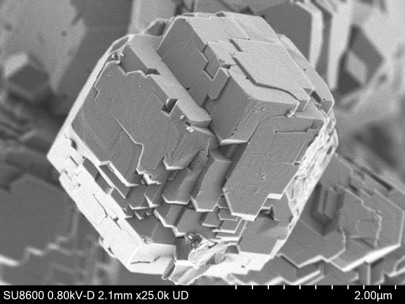
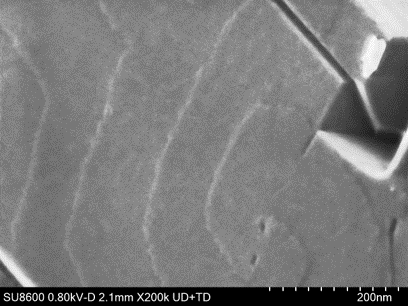
Specimen courtesy of Dr. Yoshihiro Kamimura,
National Institute of Advanced Industrial Science and
Technology (AIST), Japan
Left: RHO-type Zeolite particle at low-kV. In order to reveal fine steps structure on surface, the image was acquired at 0.8 kV of landing voltage. This allows the very fine structure of surface steps to be clearly visible (image on right).
Cross section image of 3D NAND;
Oxide layer and Nitride layer of capacitor are easily distinguishable in the image due to BSE detection capability.
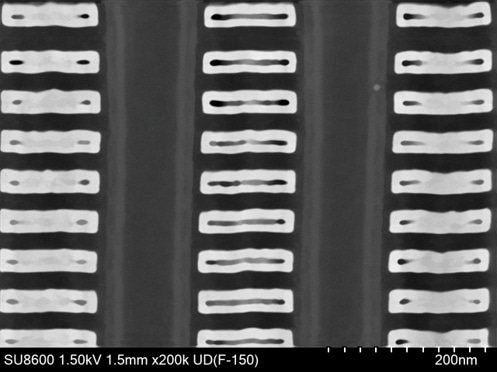
Cross Section of 3D NAND (Acceleration Voltage: 1.5 kV)
By using new Out-Column Crystal Type BSED (OCD)*, image acquisition time was less than ONE SECOND, yet lower layer interconnect and Fin FET structure of SRAM are clearly visible.
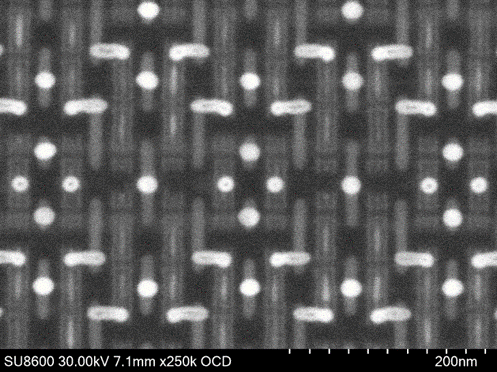
Lower Layer Interconnect of 5 nm process SRAM (Acceleration Voltage: 30 kV, Acquisition time <1 second)
* Option
The “EM Flow Creator“ software option allows users to configure repeatable SEM operation sequences.
Various SEM functions can be assembled in the EM Flow Creator’s window by a drag-and-drop method and then saved as a recipe for later use.
Once a recipe is configured, automated data collection under the set conditions can be performed with high accuracy and repeatability.
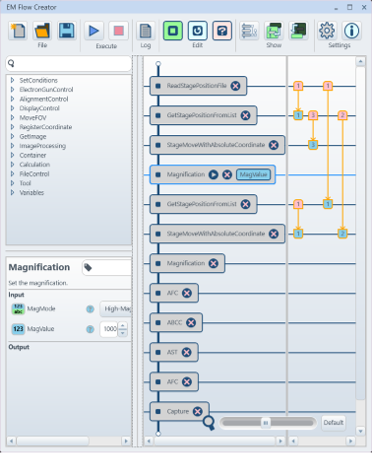
Dual monitor configuration supports a flexible and highly efficient workspace. Display and save 6 signals simultaneously in order to acquire more information in less time.
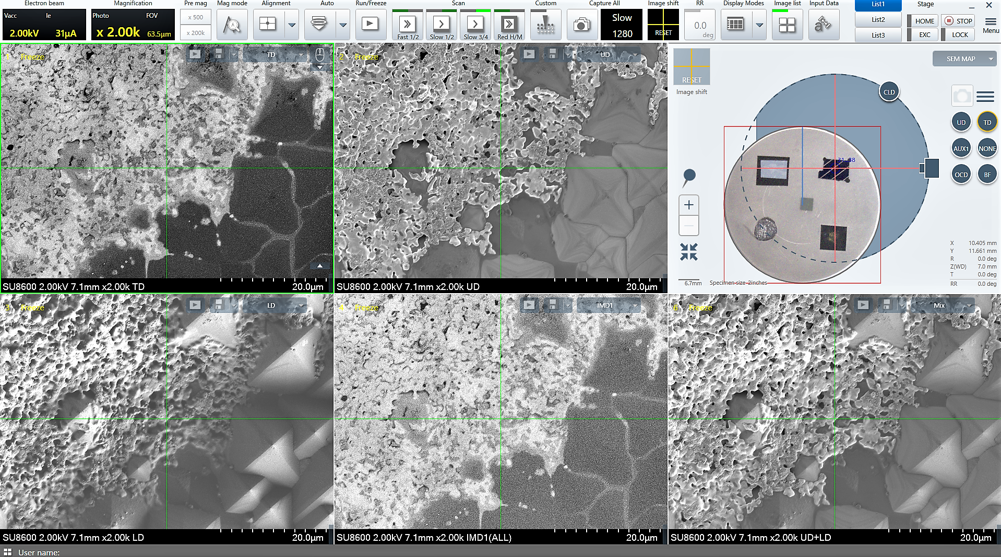
1, 2, 4 or 6 signals, including the chamber scope(*) or SEM MAP, can be displayed simultaneously on a single monitor. By adding a second screen, the dual-monitor configuration supports enhanced productivity plus expanded workspace and allows the operation panel to be customized with submenus positioned anywhere on either screen.